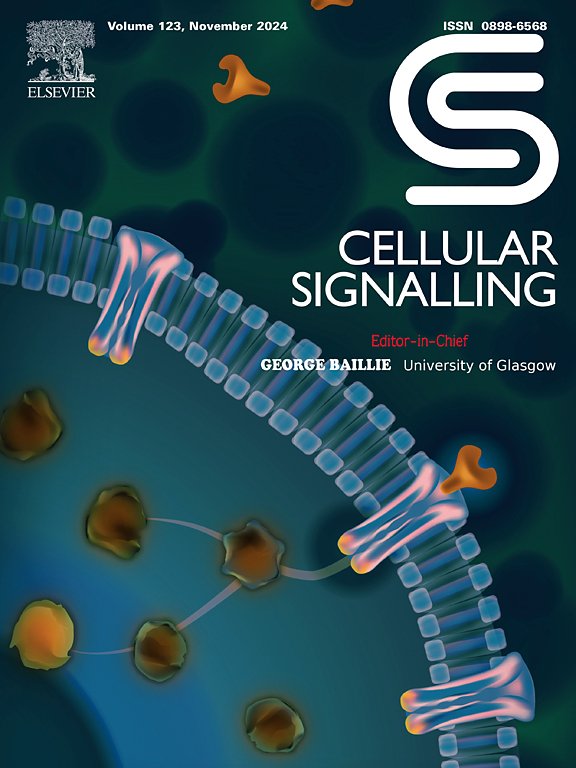选择性剪接是慢性肾脏疾病的一种新的致病机制。
IF 3.7
2区 生物学
Q2 CELL BIOLOGY
引用次数: 0
摘要
慢性肾脏疾病(CKD)是一种进行性疾病,其发病机制尚不完全清楚,影响全球10%以上的人口 %。对这些机制的缺乏了解阻碍了治疗的发展,使目前的治疗在阻止或逆转疾病进展方面基本上无效。肾小管上皮细胞(原发性肾实质细胞)损伤与修复之间的平衡是CKD进展的关键,这些细胞的过度损伤显著导致小管萎缩和肾纤维化。最近利用单细胞测序的研究揭示了肾小管上皮细胞的疾病相关动力学和分子驱动因素,研究结果表明,选择性剪接(AS)代表了CKD的一种新的致病机制。本文综述了AS的调节机制及其在CKD发病机制中的作用。某些CKD驱动分子可以全局调控AS,而关键的CKD标记基因容易产生功能不同的剪接异构体。此外,许多家族性肾病患者的致病机制是基因突变导致剪接异常。这篇综述旨在阐明AS和CKD之间的功能联系,强调AS靶向治疗方法是一种潜在的治疗策略。然而,未来的研究应该进一步研究AS及其调节因子在CKD中的动态,并描述它们在功能上的贡献。本文章由计算机程序翻译,如有差异,请以英文原文为准。
Alternative splicing as a novel pathogenic mechanism in chronic kidney disease
Chronic kidney disease (CKD) is a progressive condition with incompletely understood pathogenesis, affecting over 10 % of the global population. The poor understanding of these mechanisms impedes therapeutic development, leaving current treatments largely ineffective at halting or reversing disease progression. The balance between damage and repair in renal tubular epithelial cells, the primary renal parenchymal cells, is pivotal to CKD progression, and excessive damage to these cells significantly contributing to tubular atrophy and renal fibrosis. Recent studies leveraging single-cell sequencing reveal disease-associated dynamics and molecular drivers in renal tubular epithelial cells, with findings suggesting that alternative splicing (AS) represents a novel pathogenic mechanism in CKD. This review focuses on the regulatory mechanisms of AS and its documented and emerging roles in CKD pathogenesis. Certain CKD driver molecules can globally regulate AS, while key CKD marker genes are prone to generating functionally distinct splice isoforms. In addition, the pathogenic mechanism of many familial kidney disease patients is gene mutation leading to abnormal splicing. This review aims to elucidate the functional link between AS and CKD, highlighting AS-targeting approaches as a potential therapeutic strategy. However, future research should further investigate the dynamics of AS and its regulators in CKD, and delineate their functional contributions.
求助全文
通过发布文献求助,成功后即可免费获取论文全文。
去求助
来源期刊

Cellular signalling
生物-细胞生物学
CiteScore
8.40
自引率
0.00%
发文量
250
审稿时长
27 days
期刊介绍:
Cellular Signalling publishes original research describing fundamental and clinical findings on the mechanisms, actions and structural components of cellular signalling systems in vitro and in vivo.
Cellular Signalling aims at full length research papers defining signalling systems ranging from microorganisms to cells, tissues and higher organisms.
 求助内容:
求助内容: 应助结果提醒方式:
应助结果提醒方式:


